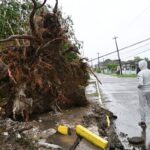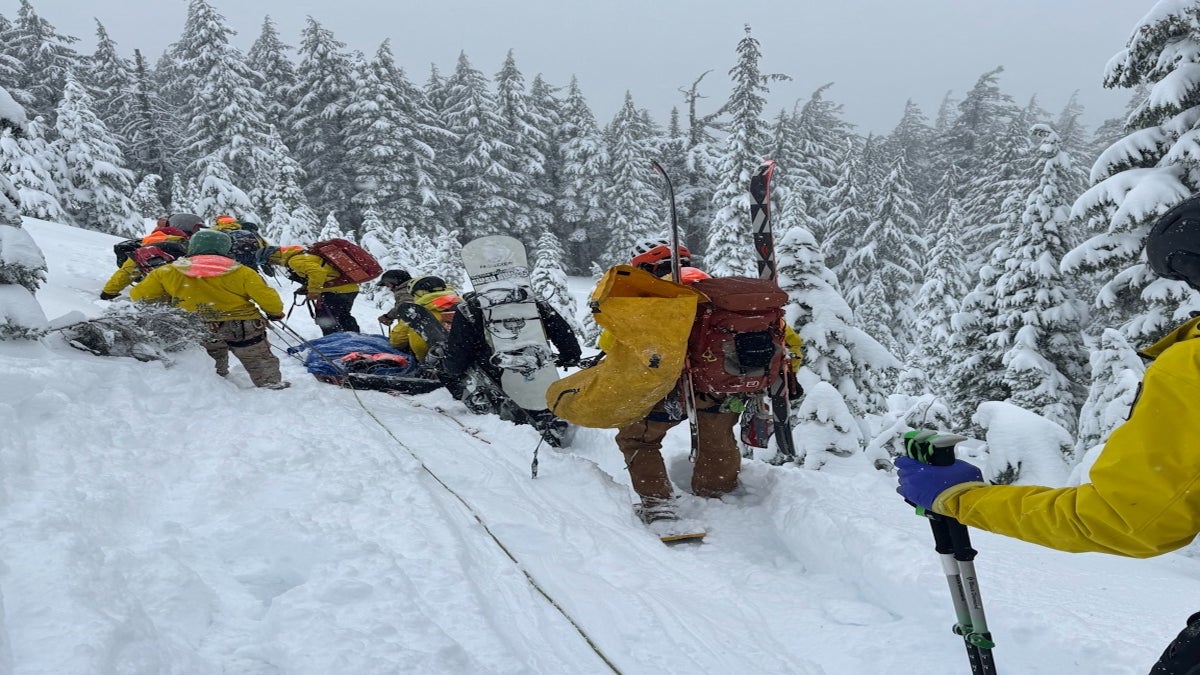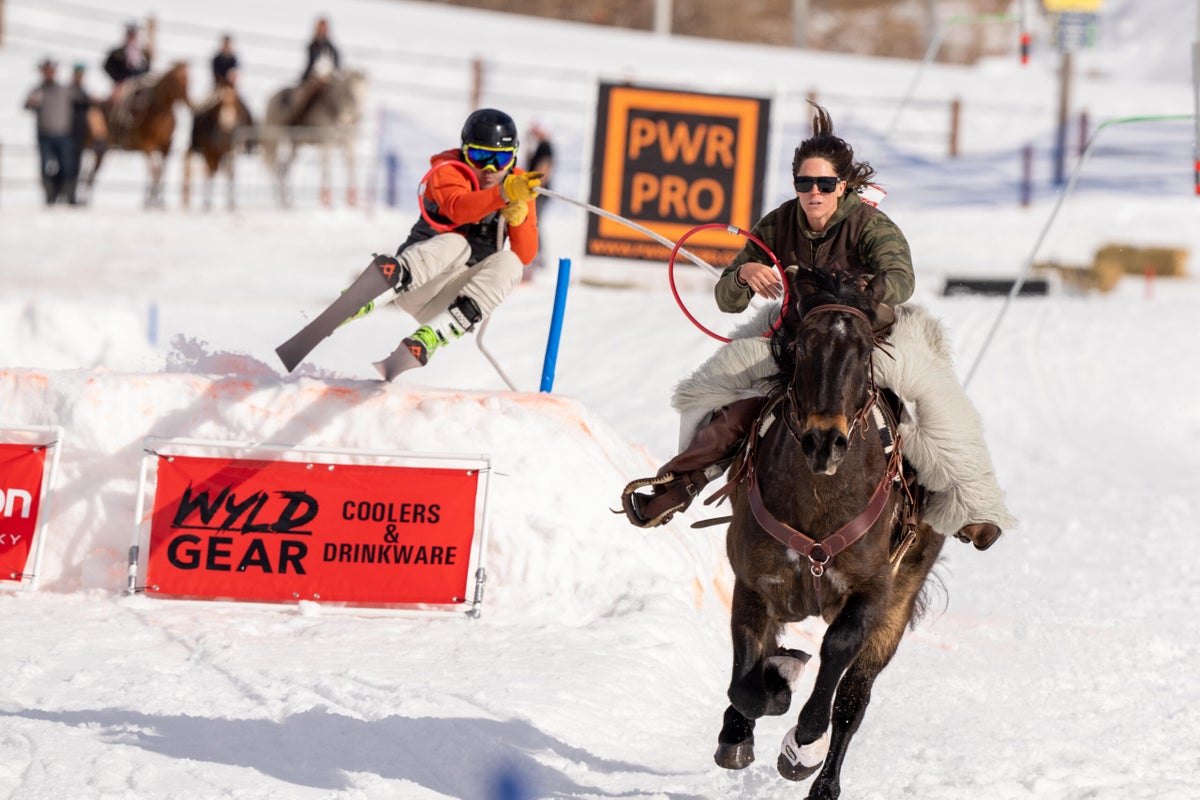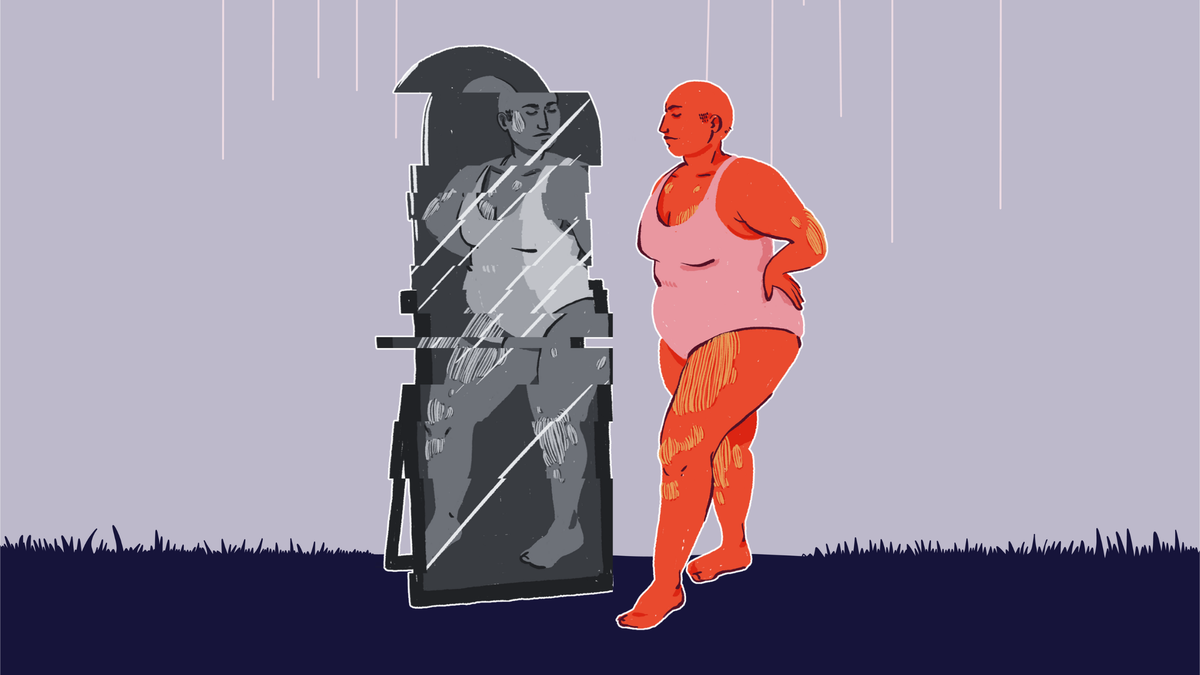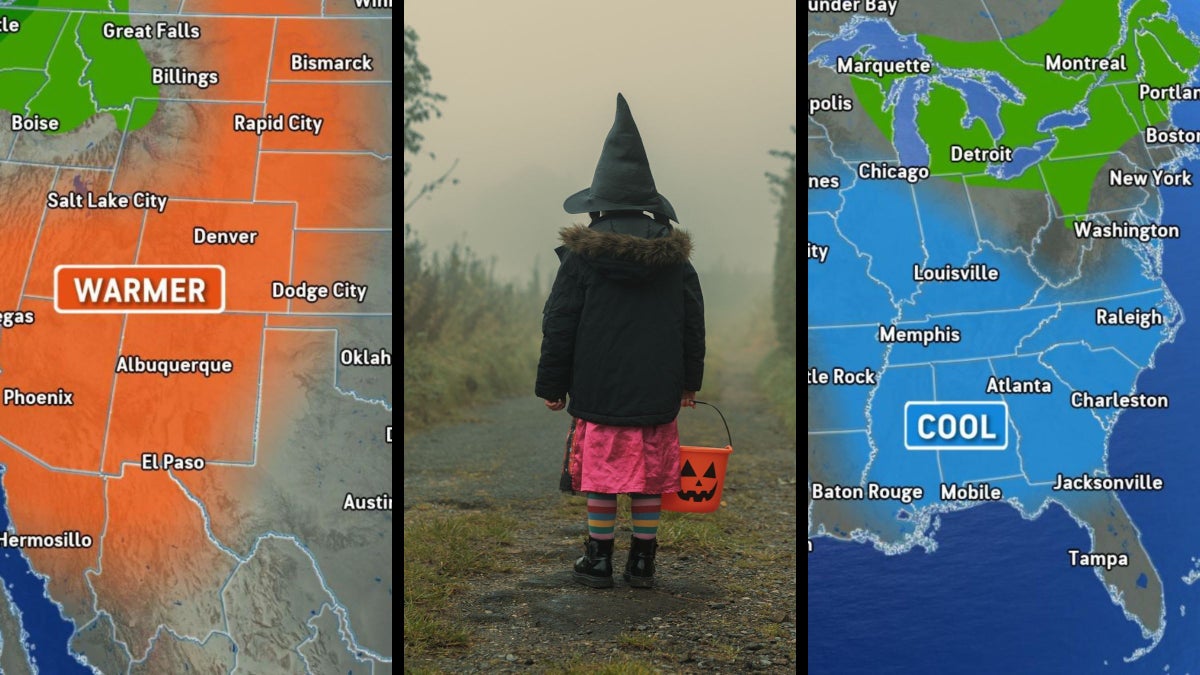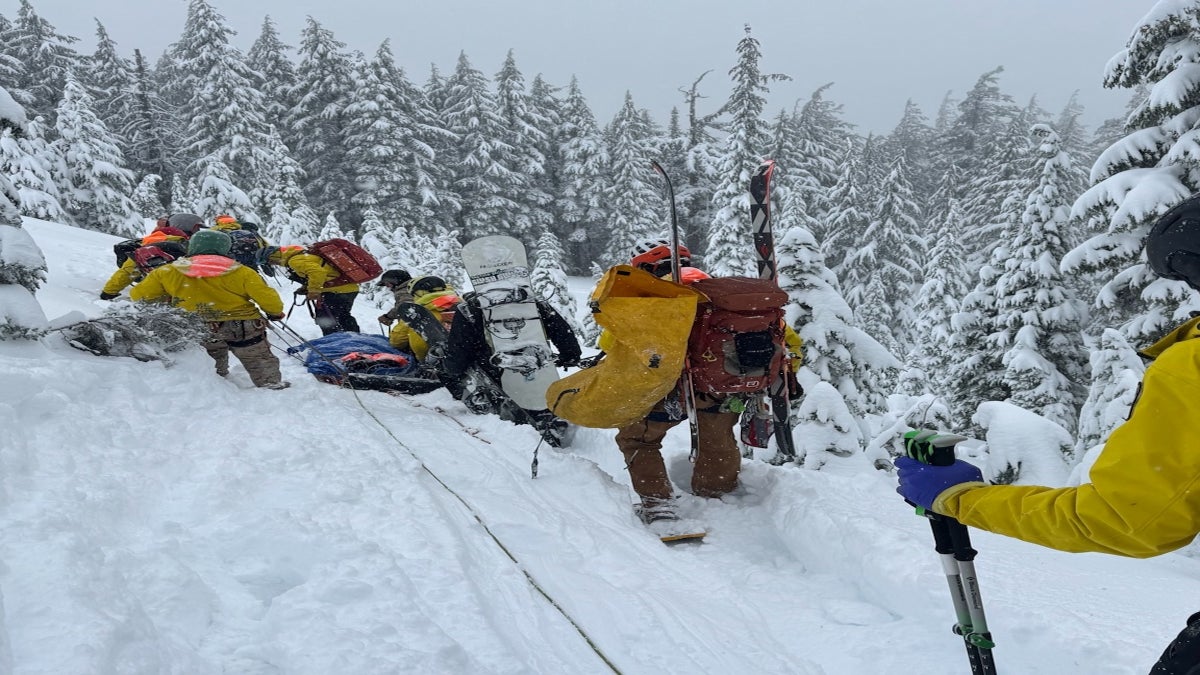
A 29-year-old snowboarder was rescued on October 26 from Cinder Cone, a steep summit near Mount Bachelor in Oregon, after he fell and hit a rock. Officials said on social media that 15 search-and-rescue volunteers responded to the injured snowboarder, whose name and condition have not been released.
It’s the latest in a string of snow-related rescue scenarios that have occurred in October, prompting the question: Is all the winter weather appearing earlier than normal, or were these people just poorly prepared?
Chris Boyer, executive director of the National Association for Search and Rescue, says that this uptick in rescues is typical during the fall transition to winter, and is due to a combination of factors.
“The weather is changing, and people forget it gets dark earlier, that the weather can change quicker, and they are not as prepared for those things,” Boyer told Outside. “In some places, winter can sneak up on you, especially at altitude. Hikers get used to summer weather patterns and temperatures and forget to check the weather in advance.”
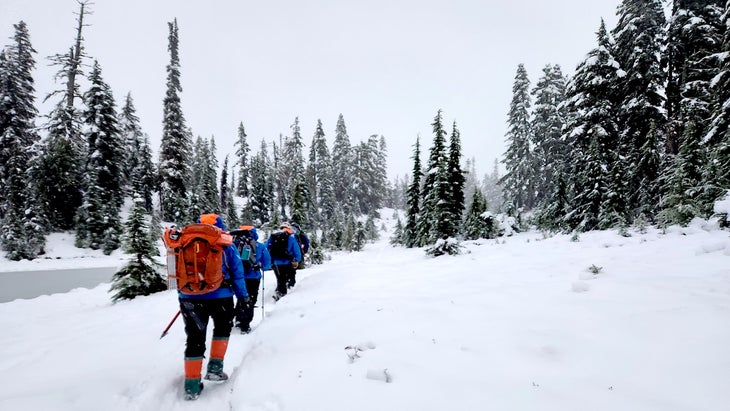
That was the case on October 19 when two hikers lost their way during an unexpected snowstorm in Washington’s Snoqualmie region. Soon after the duo began hiking, a cold-weather system moved over the area, dumping snow. Both were successfully rescued.
But other people requiring lifesaving are simply venturing into the backcountry unprepared. More than 20 hikers needed to be rescued from the flanks of Mount Washington in New Hampshire after wintry conditions swept across the famed peak on Saturday, October 25. Officials told local media that many of the hikers were not prepared for the “full winter conditions” that they encountered.
“People should be weather aware, properly equipped, and know their limitations. They should also have an emergency plan and let others know where they are going and when to expect them back,” said Boyer.
Climate change is also playing a role, making backcountry conditions more unpredictable and dangerous for everyone, including rescuers, Boyer added.
“Winter is coming earlier in some places and later in others. Outdoor recreation patterns are disrupted, in the summer and winter,” he said. “The shoulder seasons are shorter, giving folks less time to acclimate to snow or heat.”
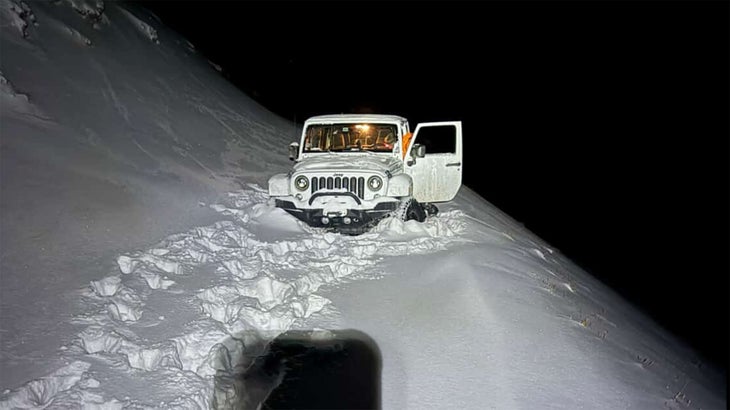
The latest example of this comes from the San Juan Mountains in southwestern Colorado. On October 23, the Hinsdale County Search and Rescue team responded to two motorists who were stranded high on the side of Engineer Pass in Colorado’s San Juan Mountains. A snowstorm had blown in that afternoon, and despite the weather report calling for a blizzard, the jeepers had continued up the route and gotten stuck in two-foot snow drifts.
Putting further strain on rescue efforts is the government shutdown. According to Boyer, 99 percent of search-and-rescue groups in the U.S. are composed of volunteers. Compiling the shutdown are layoffs in the National Park Service and the Forest Service, which are placing more pressure on those volunteers.
All this doesn’t mean people should avoid the backcountry entirely. As government funds remain tied up in the shutdown and federal agencies are limited in resources, it’s essential to follow the rules and do your due diligence before heading out. And be sure to come prepared for any weather, no matter what the forecast calls for.
The post What’s Going On with All These Winter Rescues? appeared first on Outside Online.







